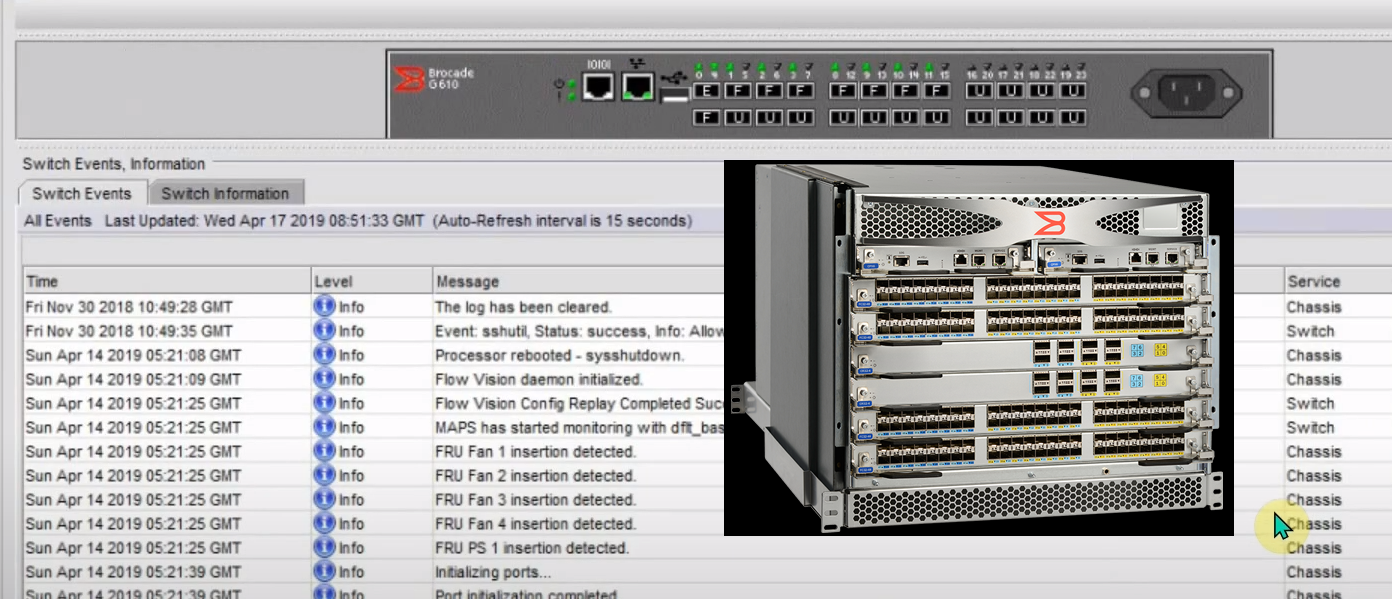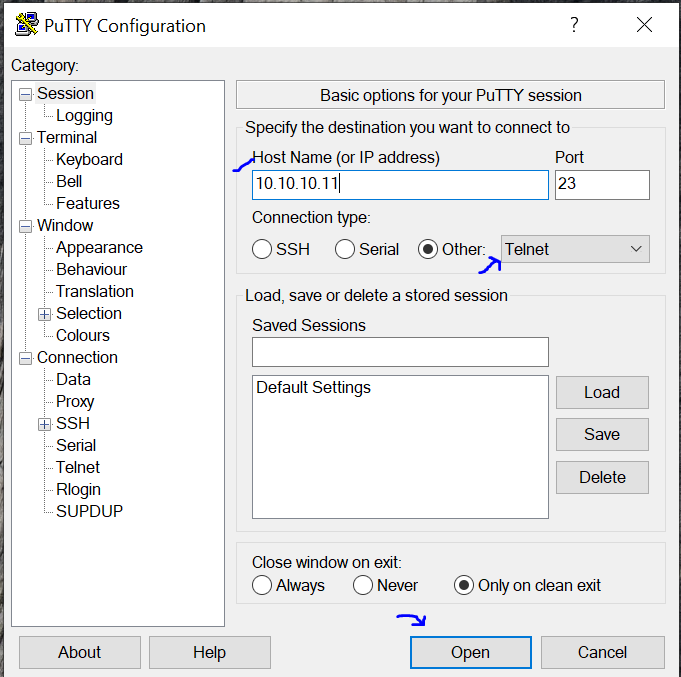Brocade Zoning using CLI commands
 Somnath Das
Somnath Das
There are mainly two types of Zoning in any SAN switch. They are known as Soft Zoning and Hard Zoning.
Soft Zoning: The zoning is created based on WWPNs (WWN)of the connected nodes. The nodes can be connected to any port on the switch and if zoning is configured properly, then can communicate with each other. This is the preferable way in SAN switch zoning.
Hard Zoning: The same kind of communication configuration is created, but instead of using the WWNs, Port Numbers are added to the configuration. If you change a device port and connect it to another port later, that device will not be communicating. This is also called Port base zoning.
That's enough theory now (I will put the Youtube video link, which can explain the theory and also you can check how to do the zoning from Brocade GUI. Let's start the CLI zoning (Soft Zoning) then >
Login into the switch CLI using Putty or any such client that supports telnet. Type in the IP address and port (if changed), then click Open

Now check the port status and the connected WWNs in the switch using 'portshow' command.
sw1:admin> portshow Index Port Address Media Speed State Proto ================================================== 0 0 010000 id N16 Online FC F-Port 50:06:0e:80:11:22:33:44 1 1 010100 id N16 Online FC F-Port 50:06:0e:80:11:22:33:45 2 2 010200 id N32 No_Light FC 3 3 010300 id N32 No_Light FC 4 4 010400 id N32 No_Light FC 5 5 010500 id N32 No_Light FC 6 6 010600 id N32 No_Light FC 7 7 010700 id N32 No_Light FC 8 8 010800 id N16 Online FC F-Port 10:00:00:10:11:12:13:14 9 9 010900 id N16 Online FC F-Port 10:00:00:10:21:22:23:24 10 10 010a00 id N16 Online FC F-Port 10:00:00:10:31:32:33:34 11 11 010b00 id N16 Online FC F-Port 10:00:00:10:41:42:43:44Check if there is any existing configuration available in the switch (the switches in production will have config created). If not created, we are going to create in this article.
sw1:admin> cfgshow Defined configuration: no configuration defined Effective configuration: no configuration in effectIf there is a configuration present, you can check the active configuration details, which should look like the below screen. Here the config name is 'CFG_SAN1', please note the name, it is very important while we save and enable our config.
sw1:admin> cfgactvshow Effective configuration: cfg: CFG_SAN1 zone: VSPG400_3E_Mail1_HBA1 50:06:0e:80:33:33:33:66 10:00:00:10:21:22:33:44Now we need to create an Alias on top of our WWPNs (WWN). We will be creating one alias for a storage port and another for a server. The command is like: alicreate "<alias_name>", "<WWPN>"
sw1:admin> alicreate "VSPG400_1E", "50:06:0e:80:11:22:33:44" # for storage WWN sw1:admin> alicreate "Archive_HBA1", "10:00:00:10:11:12:13:14" # for server WWN sw1:admin>You can check the created aliases using 'alishow' command
sw1:admin> alishow Defined configuration: alias: Archive_HBA1 10:00:00:10:11:12:13:14 alias: VSPG400_1E 50:06:0e:80:11:22:33:44Then we need to create the zone with the above aliases. The command looks like: zonecreate "<zone_name>", "<alias1>;<alias2>;..."
You can check the zone details with 'zoneshow' command.sw1:admin> zonecreate "VSPG400_1E_Archive_HBA1", "VSPG400_1E;Archive_HBA1" sw1:admin>If there was no configuration present as shown in step no. 3, you need to create a new configuration with the desired name as shown below, skip this if you already have an active configuration as shown in step no. 4 and directly move to step no. 9
Config create command looks like: cfgcreate "<cfg_name>", "<zone1>;<zone2>;....." # basically the zones which you want to add in the config while creating it.sw1:admin> cfgcreate "CFG_SAN1", "VSPG400_1E_Archive_HBA1" sw1:admin>If you already have an active configuration on the switch, then you can add the zone into the existing configuration as shown below.
Command looks like: cfgadd "<cfg_name>", "<zone1>;<zone2>;..."
sw1:admin> cfgadd "CFG_SAN1", "VSPG400_1E_Archive_HBA1" sw1:admin>Now we have our configuration ready, we need to save it permanently in the switch memory. Just type in 'cfgsave'
sw1:admin> cfgsave You are about to save the Defined zoning configuration. This action will only save the changes on Defined configuration. If the update includes changes to one or more traffic isolation zones, you must issue the 'cfgenable' command for the changes to take effect. Do you want to save the Defined zoning configuration only? (yes, y, no, n): [no] y Updating flash ... sw1:admin>As the configuration is now saved in flash memory, its time to enable it, so that the configuration starts working for the new Zone(s).
Command looks like: cfgenable <cfg_name> # which we noted for an already active cfg or the one which we have created when there was no cfg available.
Please note: There can only be one active configuration at any point in time though you can create multiple configurations. So be very highly careful while enabling it. If you end up enabling the wrong one, you will end up with a production outage/ downgrade.
sw1:admin> cfgenable CFG_SAN1 You are about to enable a new zoning configuration. This action will replace the old zoning configuration with the current configuration selected. If the update includes changes to one or more traffic isolation zones, the update may result in localized disruption to traffic on ports associated with the traffic isolation zone changes. Do you want to enable 'CFG_SAN1' configuration (yes, y, no, n): [no] y zone config "CFG_SAN1" is in effect Updating flash ... sw1:admin>
If you are interested in the Brocade GUI Zoning or if you want to have basic understanding on SAN switch zoning, here is one of my video from YouTube:
If you want to connect me, here you can: https://daslearning.in
Thank you.
Subscribe to my newsletter
Read articles from Somnath Das directly inside your inbox. Subscribe to the newsletter, and don't miss out.
Written by

Somnath Das
Somnath Das
I am always a learner and love to explore new things.